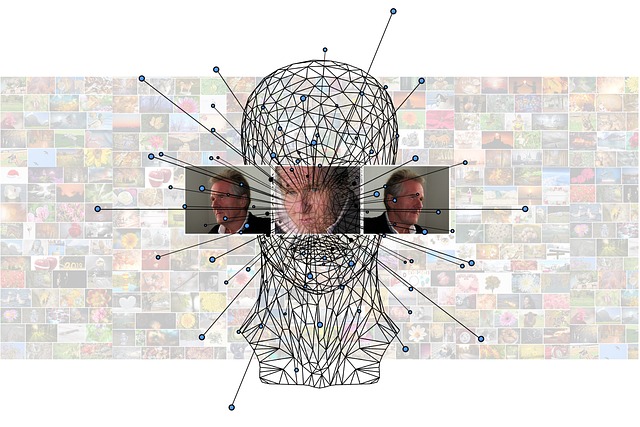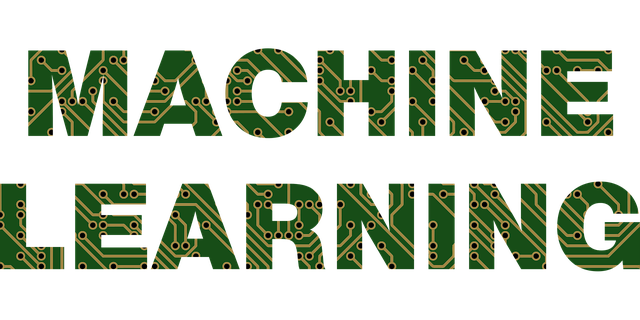
Machine Learning and Deep Learning: Top 6 Differences
Data science is the hottest buzzword in town!! Data science plays a crucial role in analyzing and developing massive databases. According to a recent research, data science dominates its emerging job ranking with a whopping 37% hiring growth over the past four years.
In simple terms, Data Science means mining large datasets containing structured and unstructured data and identifying hidden patterns to extract actionable insights.
Now let's learn about two main concepts of Data Science and the subsets of Artificial Intelligence: Machine Learning and Deep Learning.
You may know many examples of Machine learning and Deep Learning. From the Facial recognition, Product recommendations to vision for driverless delivery trucks, drones, autonomous cars- Everything and anything innovative in today's digital era connected to these AI technologies.

What is Machine Learning?
"Machine learning is a subfield of AI and a growing technology which enables computers to learn automatically from past data. It enable computers to learn and make predictions or decisions without being explicitly programmed. "
What is Deep Learning?
"Deep learning is a subfield of machine learning inspired by the human brain. It teaches computers to do what comes naturally to humans: learn by example. With artificial neural networks same as human neurons, it uses representation learning."
Difference Between Machine Learning and Deep Learning
Deep Learning and Machine Learning seem like interchangeable buzzwords in the AI world. But these terms are different but related to each other. Let's discuss how these two concepts are different from each other.
| Machine Learning | Deep Learning |
| Data Points: A few hundred to few thousand | Can be into Millions |
| Intervention: Algorithms require human interventions to examine variables and dataset features | Require no intervention for data analysis |
| Execution time: Take less time to train | Takes longer to train |
| Type of data: Mostly require data in a structured form | Can work with structured and unstructured data |
| Suitable for: Solving simple or bit-complex problems | Suitable for solving complex problems |
| Hardware Dependency: Can work on less data, so they can work on low-end machines | Needs a huge amount of data to work efficiently, so they need GPU's and hence the high-end machine |
Conclusion
Nowadays everyone is talking about artificial intelligence, and its endless possibilities. AI is mostly achieving many innovative revolutions with these two subsets: Machine Learning and Deep Learning. Some of the limitations of ML has led to the evolution of deep learning. Deep learning is machine learning with more capabilities and possibilities.
Depending on the amount of data and complexity of problem, select these AI methods suitable for you.